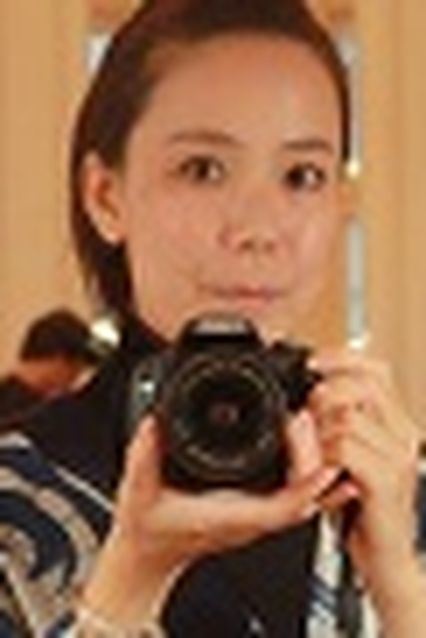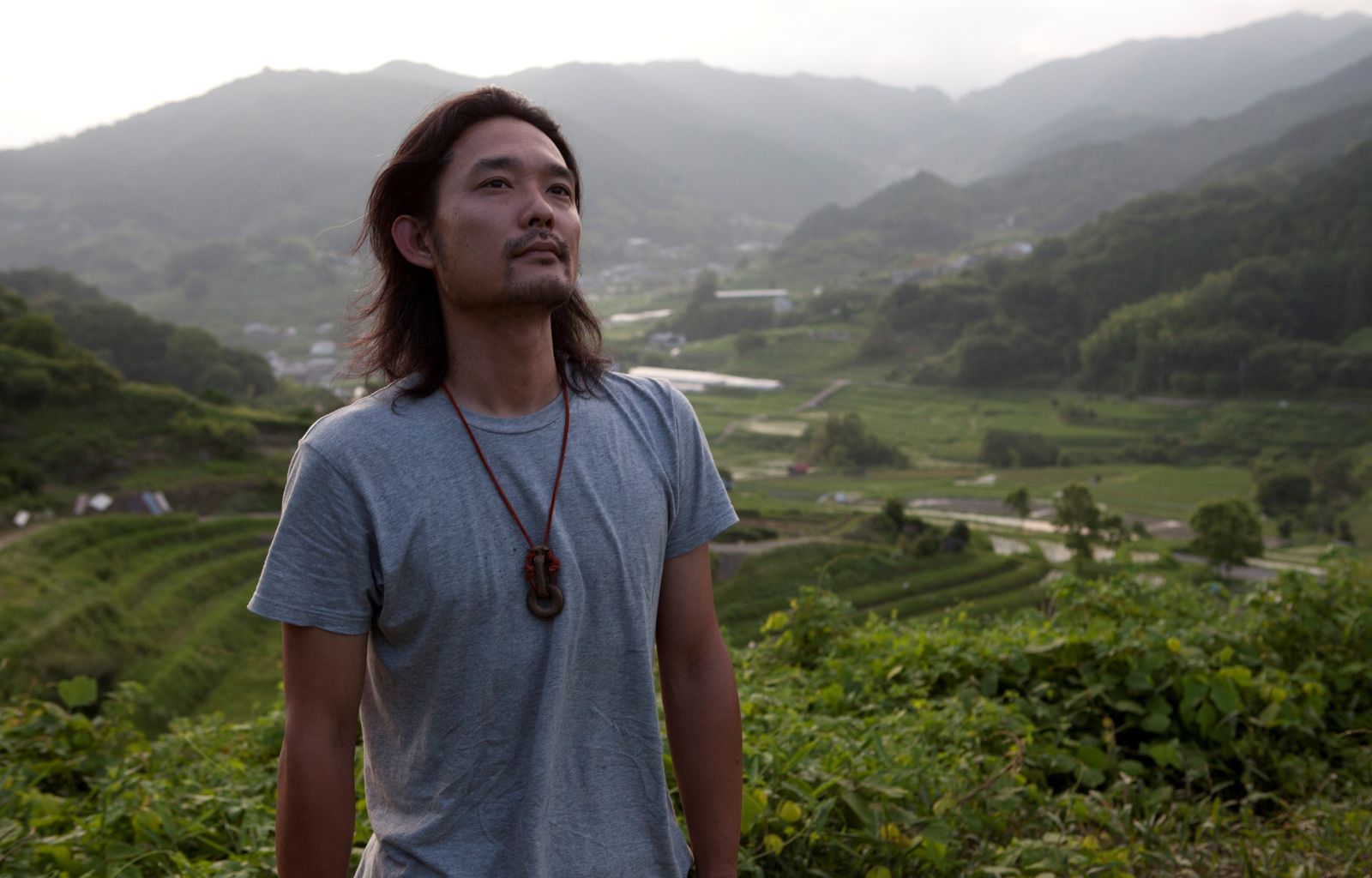The region of Asuka is the true cradle of modern-day Japan. Immersed in uncontaminated nature, three mountains rise up here which were once considered the home of the gods; today, this is where Takumi and Kayoko live. The couple doesn’t seem able to communicate anymore, even though the woman recently became pregnant. She is taken with another man and even though she cannot understand his existence dedicated to waiting and contemplation, she finally understands the ancestral echoes which bind her to this land and the many souls which have inhabited it. “I live with the idea that I myself am a part of nature. I think the suffering that people experience in modern society stems from a failure to recognize ourselves as part of nature. You could say that humans actually play supporting roles in my films. I portray nature in a central role because I want to reawaken in the characters the sense of the blessings of nature and awe toward nature that people felt in the past; I want them to coexist with nature, in the truest sense. This is because I consider it something important that should be passed on to my child and to children of the future.”
Biography
film director

Naomi Kawase
Naomi Kawase (Nara, Japan, 1969) studied at the Osaka School of Photography, where she graduated in 1989. Between 1988 and 1997 she made numerous shorts, medium-length films and autobiographical documentaries. Her first feature film, Suzaku, won the Caméra d’or at the 50th Cannes Film Festival. She then made Firefly, which won the FIPRESCI Award and the C.I.C.A.E. Award at Locarno in 2000, as well as documentaries like Sky, Wind, Fire, Water, Earth or Birth/Mother. In 2007, she directed The Mourning Forest, which won the Special Grand Jury Prize at Cannes. She is president of the Nara International Film Festival. Hanezu screened in competition at Cannes.
FILMOGRAFIA
filmografia essenziale/essential filmography
Ni tsutsumarete (Embracing, cm, doc., 1992), Katatsumori (mm, doc., 1994), Ten, mitake (See Heaven, cm, doc., 1995), Moe no suzaku (Suzaku, 1997), The Weald (doc., 1997), Manguekyo (doc., 1999), Hotaru (Firefly, 2000), Kya ka ra ba a (Sky, Wind, Fire, Water, Earth, mm, doc., 2001), Tsuioku no dansu (Letter from a Yellow Cherry Blossom, doc., 2003), Sharasojyu (Shara, 2003), Tarachime (Birth/Mother, cm, doc., 2006), Mogari no mori (The Mourning Forest, 2007), Nanayomachi (Seven Nights, 2008), Koma (mm, 2009), In Between Days (mm, doc., 2009), Genpin (doc., 2010), Hanezu no tsuki (Hanezu, 2011).
Cast
& Credits
regia, sceneggiatura, fotografia/director, screenplay, cinematography
Naomi Kawase
soggetto/story
da un romanzo di/from a novel by Masako Bando
montaggio/film editing
Naomi Kawase, Kaneko Yusuke, Tina Baz
scenografia/production design
Kenji Inoue
musica/music
Hasiken
suono/sound
Hiroki Ito
interpreti e personaggi/cast and characters
Tohta Komizu (Takumi), Hako Oshima (Kayoko), Tetsuya Akikawa (Tetsuya), Akaji Maro (Yo-Chan, l’archeologo/Archaelogist), Taiga Komizu (Hisao, il nonno di Takumi/Takumi’s Grandfather), Kirin Kiki (la madre di Takumi/Takumi’s Mother), Norio Nishikawa (il padre di Takumi/Takumi’s Father), Miyako Yamaguchi (la madre di Kayoko/Kayoko’s Mother), Sen-Nosuke Tanaka (Yo-Chan da bambino/as a Child)
produzione/production
Kumie
coproduzione/coproduction
Associazione regionale amministrativa Kashihara-Takaichi
vendita all’estero/world sales
Memento Films


